Hanokinn (한옥人(한옥인))
1.5Km 2024-12-19
19 , Poseok-ro 1050beon-gil, Gyeongju-si, Gyeongsangbuk-do
+82-54-749-8090
The Hanok Inn is a hotel-class traditional guesthouse in Sansu-dong, Gyeongju, Gyeongsangbuk-do, which consists of 4 separate buildings. The sarangchae - a two-story hanok with a hipped roof - contains a double room and a large family room, finished with red clay and hanji paper; both rooms have toilets. The annex building is a one-storey gable-roofed hanok with a raised wooden patio where guests can drink tea and relax. In the main building there’s a hanok experience room and a friendly cafe-restaurant where breakfast is served. The hanok’s back gate gives onto an alley leading to Hwangnidan-gil, Cheomseongdae Observatory, and the Daereungwon tomb complex; this alley is a favorite photo spot.
La Fleur (라플레르)
1.5Km 2024-02-28
421-11 Alcheonbuk-ro, Gyeongju-si, Gyeongsangbuk-do
La Fleur is a hanok café located near the UNESCO World Heritage Site Hwangnyongsa Temple. It offers a selection of beverages and simple meals like bibimbap and its signature menu item, avocado myeongnan bibimbap (avocado and pollack roe bibimbap). The café boasts a beautifully curated garden adorned with various trees and ornaments, while the interior is adorned with potted plants and decorative items.
Gyeongju Soohojeong (경주수호정)
1.5Km 2024-12-19
15-15 , Poseok-ro 1068beon-gil, Gyeongju-si, Gyeongsangbuk-do
+82-54-772-5871, +82-10-2379-7248
Suhojeong hanok guesthouse stands right in front of the Daereungwon Silla tombs, in Gyeongju, Gyeongsangbuk-do. The house is constructed of traditional materials - pinewood, red clay and straw - and each guestroom has a bathroom with toilet. In the spacious yard is a stone table where visitors can rest and chat. Transport links are excellent, with Gyeongju Station and Intercity Bus Terminal just 5 minutes away on foot. Nearby tourist attractions include Cheomseongdae, Banwol Fort, and Anapji Pond.
ALLEY HOSTEL & GUESTHOUSE (앨리게스트하우스)
1.5Km 2024-12-19
12 , Gyerim-ro 106beon-gil, Gyeongju-si, Gyeongsangbuk-do
+82-10-6211-1402
The Alley Guest House in central Gyeongju, Gyeongsangbuk-do, is a 3-minute walk from Gyeongju Station, and is popular with hikers. Guestrooms range from single and twin rooms to family rooms and dormitories with bunk beds. There’s no parking lot, but parking can be arranged for family room customers. All rooms have AC, a bathroom and shower, and lockable doors. A simple free breakfast and a luggage storage service are provided. Nearby must-see places include Daereungwon, Cheomseongdae, Donggung Palace and Wolji Pond.
Artbox - Gyeongju Branch [Tax Refund Shop] (아트박스 경주)
1.5Km 2025-10-27
89, Gyerim-ro, Gyeongju-si, Gyeongsangbuk-do
-
Folder - Gyeongju Branch [Tax Refund Shop] (폴더 경주점)
1.5Km 2025-10-28
112-1, Wonhyo-ro, Gyeongju-si, Gyeongsangbuk-do
Gyeongju Seongdong Market (경주 성동시장)
1.6Km 2025-03-25
11 Wonhwa-ro 281beon-gil, Gyeongju-si, Gyeongsangbuk-do
+82-54-772-4226
Gyeongju Seongdong Market has approximately 300 stores and 30 vendors. The market as found its place as the city’s representative local marketplace since its opening in 1971. Following a decline of customers due to the public's steadily increasing preference of supermarkets, Gyeongju Seongdong Market underwent a huge renovation in the recent past. From floorings to ceilings, and alleyways and walls, the market received a new look that emphasizes Gyeongju's historical significance to attract travelers and the local community alike.
Innisfree - Gyeongju Branch [Tax Refund Shop] (이니스프리 경주점)
1.6Km 2025-10-28
108, Wonhyo-ro, Gyeongju-si, Gyeongsangbuk-do
Holika Holika - Gyeongju Branch [Tax Refund Shop] (홀리카홀리카 경주점)
1.6Km 2025-10-28
2 Wonhyo-ro 105beon-gil, Gyeongju-si, Gyeongsangbuk-do
Second Face - Gyeongju Jungang Branch [Tax Refund Shop] (세컨페이스 경주중앙점)
1.6Km 2025-10-27
1F, 101, Gyerim-ro, Gyeongju-si, Gyeongsangbuk-do
-
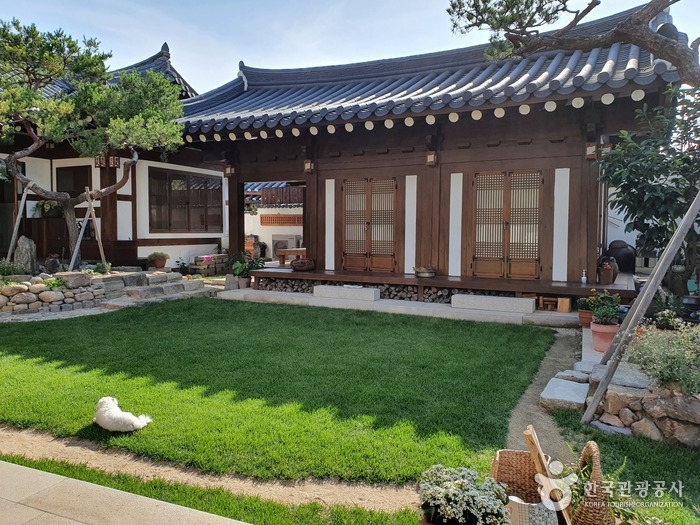
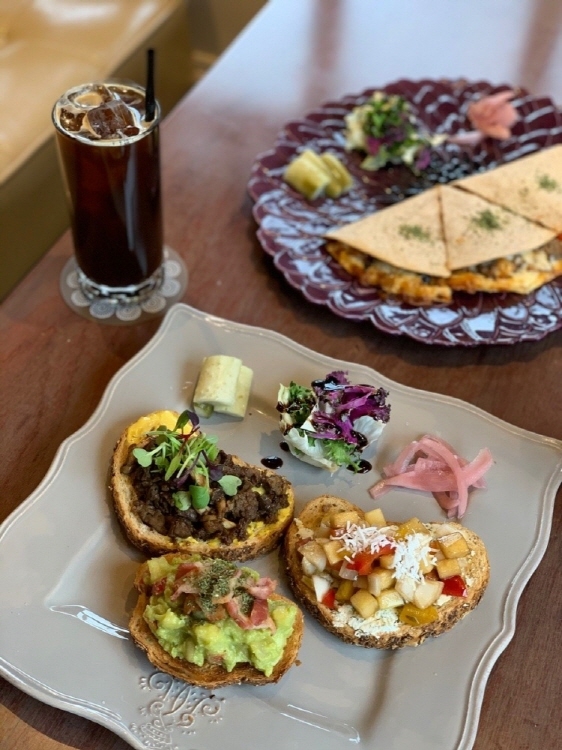
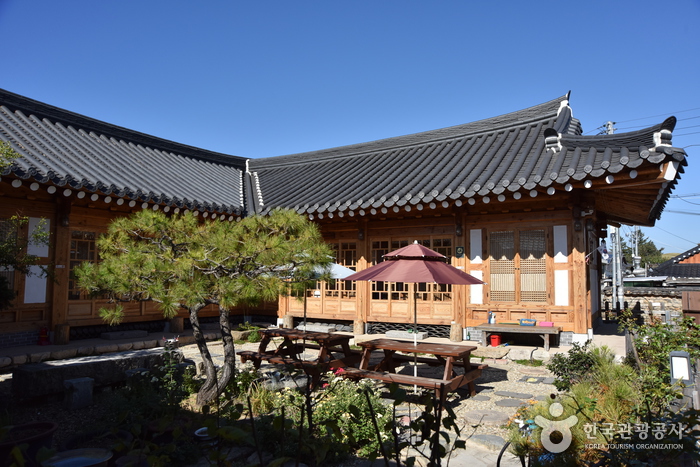
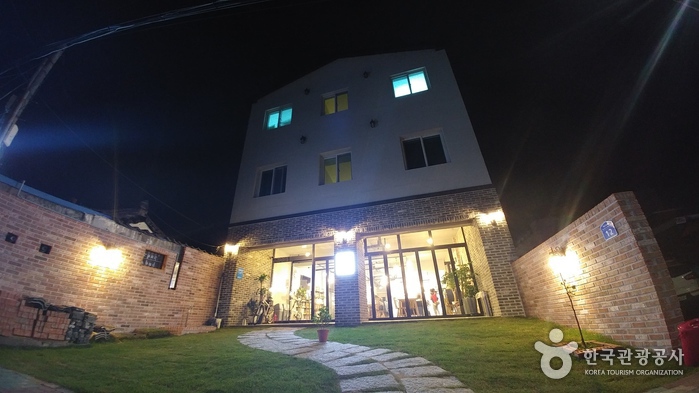
![Artbox - Gyeongju Branch [Tax Refund Shop] (아트박스 경주)](http://tong.visitkorea.or.kr/cms/resource/43/2883743_image2_1.jpg)

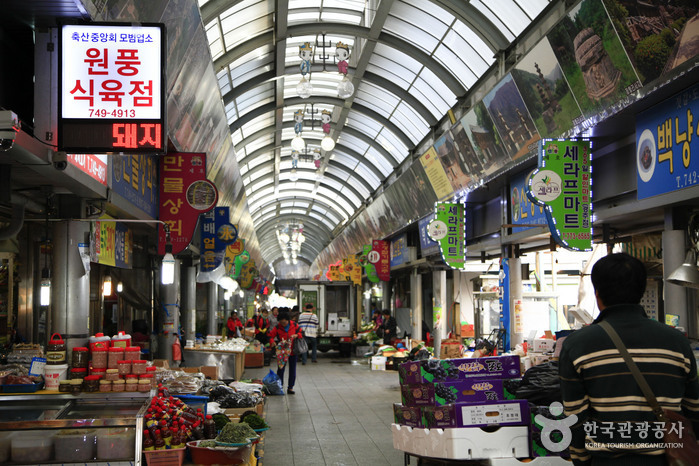
![Second Face - Gyeongju Jungang Branch [Tax Refund Shop] (세컨페이스 경주중앙점)](http://tong.visitkorea.or.kr/cms/resource/47/2883747_image2_1.jpg)
 English
English
 한국어
한국어 日本語
日本語 中文(简体)
中文(简体) Deutsch
Deutsch Français
Français Español
Español Русский
Русский